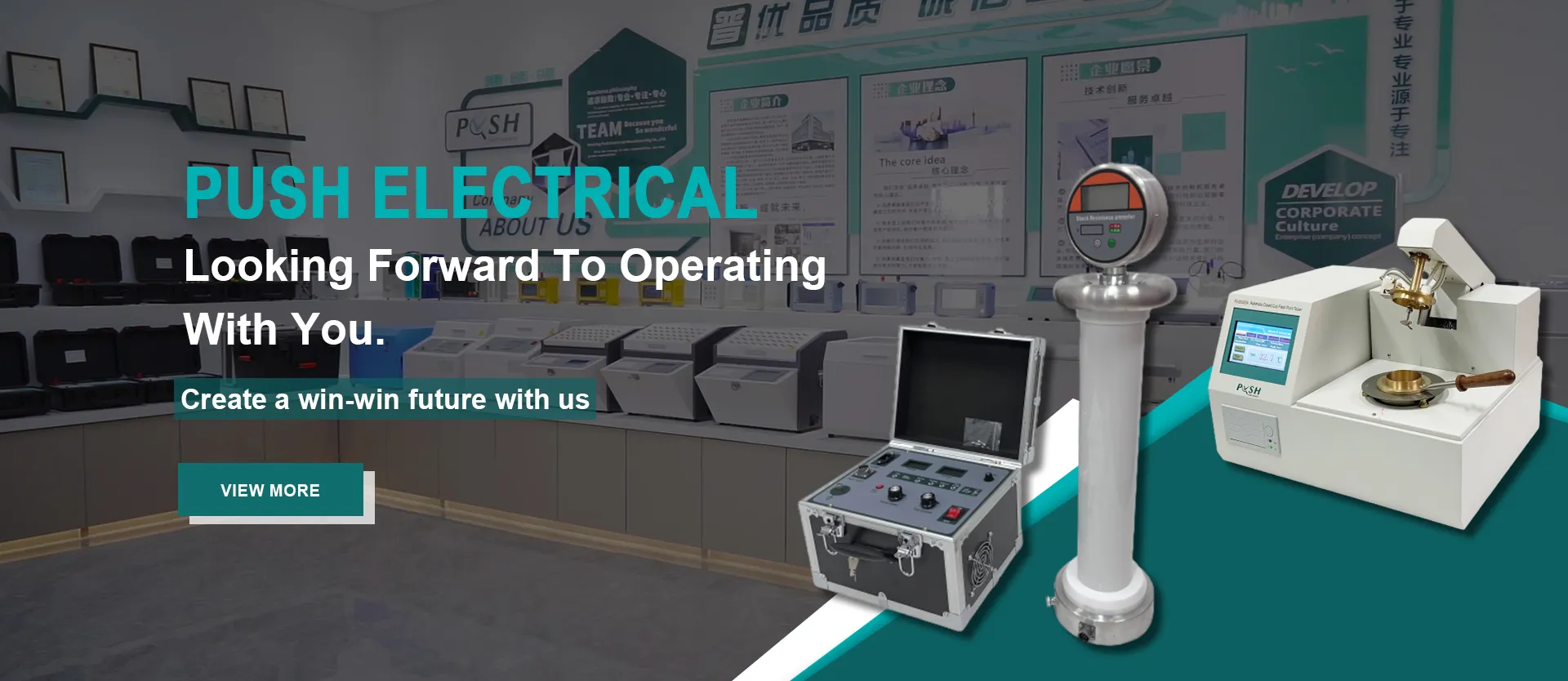 English
English



-
 Afrikaans
Afrikaans -
 Albanian
Albanian -
 Amharic
Amharic -
 Arabic
Arabic -
 Armenian
Armenian -
 Azerbaijani
Azerbaijani -
 Basque
Basque -
 Belarusian
Belarusian -
 Bengali
Bengali -
 Bosnian
Bosnian -
 Bulgarian
Bulgarian -
 Catalan
Catalan -
 Cebuano
Cebuano -
 China
China -
 China (Taiwan)
China (Taiwan) -
 Corsican
Corsican -
 Croatian
Croatian -
 Czech
Czech -
 Danish
Danish -
 Dutch
Dutch -
 English
English -
 Esperanto
Esperanto -
 Estonian
Estonian -
 Finnish
Finnish -
 French
French -
 Frisian
Frisian -
 Galician
Galician -
 Georgian
Georgian -
 German
German -
 Greek
Greek -
 Gujarati
Gujarati -
 Haitian Creole
Haitian Creole -
 hausa
hausa -
 hawaiian
hawaiian -
 Hebrew
Hebrew -
 Hindi
Hindi -
 Miao
Miao -
 Hungarian
Hungarian -
 Icelandic
Icelandic -
 igbo
igbo -
 Indonesian
Indonesian -
 irish
irish -
 Italian
Italian -
 Japanese
Japanese -
 Javanese
Javanese -
 Kannada
Kannada -
 kazakh
kazakh -
 Khmer
Khmer -
 Rwandese
Rwandese -
 Korean
Korean -
 Kurdish
Kurdish -
 Kyrgyz
Kyrgyz -
 Lao
Lao -
 Latin
Latin -
 Latvian
Latvian -
 Lithuanian
Lithuanian -
 Luxembourgish
Luxembourgish -
 Macedonian
Macedonian -
 Malgashi
Malgashi -
 Malay
Malay -
 Malayalam
Malayalam -
 Maltese
Maltese -
 Maori
Maori -
 Marathi
Marathi -
 Mongolian
Mongolian -
 Myanmar
Myanmar -
 Nepali
Nepali -
 Norwegian
Norwegian -
 Norwegian
Norwegian -
 Occitan
Occitan -
 Pashto
Pashto -
 Persian
Persian -
 Polish
Polish -
 Portuguese
Portuguese -
 Punjabi
Punjabi -
 Romanian
Romanian -
 Russian
Russian -
 Samoan
Samoan -
 Scottish Gaelic
Scottish Gaelic -
 Serbian
Serbian -
 Sesotho
Sesotho -
 Shona
Shona -
 Sindhi
Sindhi -
 Sinhala
Sinhala -
 Slovak
Slovak -
 Slovenian
Slovenian -
 Somali
Somali -
 Spanish
Spanish -
 Sundanese
Sundanese -
 Swahili
Swahili -
 Swedish
Swedish -
 Tagalog
Tagalog -
 Tajik
Tajik -
 Tamil
Tamil -
 Tatar
Tatar -
 Telugu
Telugu -
 Thai
Thai -
 Turkish
Turkish -
 Turkmen
Turkmen -
 Ukrainian
Ukrainian -
 Urdu
Urdu -
 Uighur
Uighur -
 Uzbek
Uzbek -
 Vietnamese
Vietnamese -
 Welsh
Welsh -
 Bantu
Bantu -
 Yiddish
Yiddish -
 Yoruba
Yoruba -
 Zulu
Zulu
Affordable Options for Winding Resistance Meters in Today's Market
Understanding Winding Resistance Meter Prices in the Market
Winding resistance meters play a crucial role in the maintenance and testing of electrical machines, especially transformers, motors, and generators. They measure the resistance of the winding in these machines, providing essential data to determine the condition of the windings and ensuring that they operate efficiently. As with any specialized equipment, the prices of winding resistance meters can vary significantly based on several factors.
Factors Influencing Price
1. Brand and Manufacturer The brand is often one of the most significant factors affecting the price of winding resistance meters. Well-established manufacturers with a reputation for producing high-quality equipment may charge a premium for their meters. Brands like Fluke, Megger, and Chauvin Arnoux are known for their reliability and accuracy, which can justify higher costs for users who prioritize quality and durability in their testing equipment.
2. Features and Specifications The technical specifications of a winding resistance meter can greatly influence its price. For example, meters that offer advanced features such as automatic measurement, data logging, graphical displays, and connectivity options (like Bluetooth or USB) tend to be more expensive. Additionally, meters that can measure across a wider range of resistance values or that have enhanced accuracy specifications will come at a higher price point.
3. Portability and Design Compact and portable models designed for field use may be priced higher than larger, benchtop models. Engineers and technicians working in the field often require lightweight, easy-to-carry equipment that can withstand harsh conditions, leading to opportunities for manufacturers to command a higher price for these specialized designs.
4. Accuracy and Calibration Standards Meters that adhere to stringent calibration standards and provide high levels of accuracy can be more expensive. Users who need precise measurements for critical applications will often invest in higher-priced options that ensure reliability and trustworthiness in their testing results.
winding resistance meter price

5. Market Demand The overall demand for winding resistance meters in the industry can also influence prices. During times of increased demand, perhaps due to a surge in transformer maintenance or motor testing projects, prices may rise. Conversely, when demand is low, more competitive pricing might occur as manufacturers and suppliers look to maintain sales.
6. Additional Services Some vendors offer additional services along with the sale of winding resistance meters, such as extended warranties, training for users, and technical support. These services can add to the overall cost of the meter but may provide significant value to businesses that rely on accurate and reliable testing equipment.
Price Range
When looking at the market, winding resistance meters can be found at various price points. Basic models may start around $200 to $800, while more advanced units with a wide range of features can cost between $1,000 and $5,000. High-end meters, particularly those used in specialized applications or those that come from premium manufacturers, can exceed $5,000.
Conclusion
In summary, when considering the purchase of a winding resistance meter, it is essential to evaluate the factors influencing its price. Understanding the brand, features, portability, accuracy, market demand, and additional services will help potential buyers make informed decisions. Investing in a quality winding resistance meter is critical for maintaining the efficiency and reliability of electrical machines. Ultimately, while it might be tempting to opt for the lowest-priced option, it’s essential to weigh the potential long-term benefits of higher-quality equipment against initial cost savings. Investing in a reliable meter today can save time and resources in the future by ensuring that electrical equipment operates safely and efficiently.
-
Testing Equipment Industry Sees Major Advancements in 2025: Smart & Precision Technologies Lead the WayNewsJun.06,2025
-
Applications of Direct Current Generators in Renewable Energy SystemsNewsJun.05,2025
-
Hipot Tester Calibration and Accuracy GuidelinesNewsJun.05,2025
-
Digital Circuit Breaker Analyzer Features and BenefitsNewsJun.05,2025
-
Benefits of Real-Time Power Quality Monitoring Devices for Industrial EfficiencyNewsJun.05,2025
-
Earth Fault Loop Testing in High-Rise Building Electrical SystemsNewsJun.05,2025



